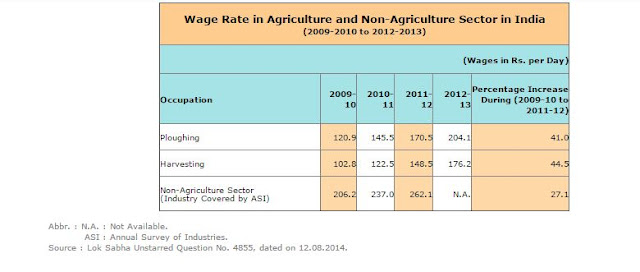Central bank and Interest rate: Antediluvian?????
The COVID-19 pandemic has had a dual impact on inflation, causing both deflationary and inflationary pressures globally. Lockdowns initially led to a decline in demand, causing deflationary pressure. However, as countries lifted restrictions, demand increased but supply chains were disrupted, leading to supply-side inflationary pressure. But response to that inflationary pressure was traditional: increase the interest rate. Central bank across many countries increases the interest rate to tackle the inflation. The given monetary policy response to supply driven inflation is questionable. It is questionable as it can further disrupt the supply side, making banks uncomfortable and resulting in unchanged inflation rates with volatile financial institutions. This is exemplified by the Fed's interest rate increase. In the context of India, with inflationary pressures and global monetary policy tightening, coordination between monetary and fiscal policies will be essential for sustainable growth.
The Indian government plans to increase capital expenditure
in the 2023-24 budget by 37.4% to Rs. 10 lakh crores from Rs. 7.28 lakh crores
in the previous fiscal year. This move aims to create jobs and stimulate
investment. However, the government faces the challenge of funding this
expenditure. The FRPM Act mandates that the fiscal deficit should not exceed
3%, but current revised estimates for fiscal Deficit is 6.4% whereas revenue
deficit is 2.9% which was 4.1% previously. This indicates that the government
is borrowing to fund capital expenditure. Fiscal policymakers believe that this
borrowing is sustainable as long as the return on capital (r) is greater than
the interest payment (i) i.e. r>i. The main argument is that borrowing for
capital expenditure will result in future returns on investment that will
exceed the interest payment. However, this argument is based on the principle
of "ceteris paribus," or all other things remaining constant.
Consider the following perspective: The interest rate set by
the RBI strongly influences 'i'. If inflation remains high, the RBI may have no
choice but to increase interest rates. However, this increase might disturb 'r>i'.
Moreover, global monetary tightening can lead to capital flight and
depreciation which further can affect 'r>i'. In such scenarios, the RBI will
struggle to balance the low cost of government borrowing and inflation targets.
This also creates challenges for the RBI in managing bond market yields. It
gives limited scope for open market operation as government plans to borrow the
loan so interest rate should be low but due to inflationary pressure, RBI may
be reluctant to buy bonds as it can increase the liquidity and can increase the
inflation. Given these challenges, effective coordination between monetary and
fiscal policies will be crucial.
The government and the RBI will need to coordinate to ensure
that they can maintain the balance between cost of borrowing and inflation
rate. For that, in future government will definitely explore the other ways of
financing via non-debt generating channels which includes disinvestment, assets
sales even PPP (public-private partnerships). This can give space to RBI to
maintain the interest rates.
On the other hand, RBI must come up with new ways of
controlling inflation. Although currently RBI has the variety of monetary
policy tools like liquidity adjustment facility (LAF) which can help to manage
the liquidity, it is worth questioning whether the current monetary policy
tools used by the RBI are still effective and efficient.
.jpeg)


टिप्पण्या
टिप्पणी पोस्ट करा